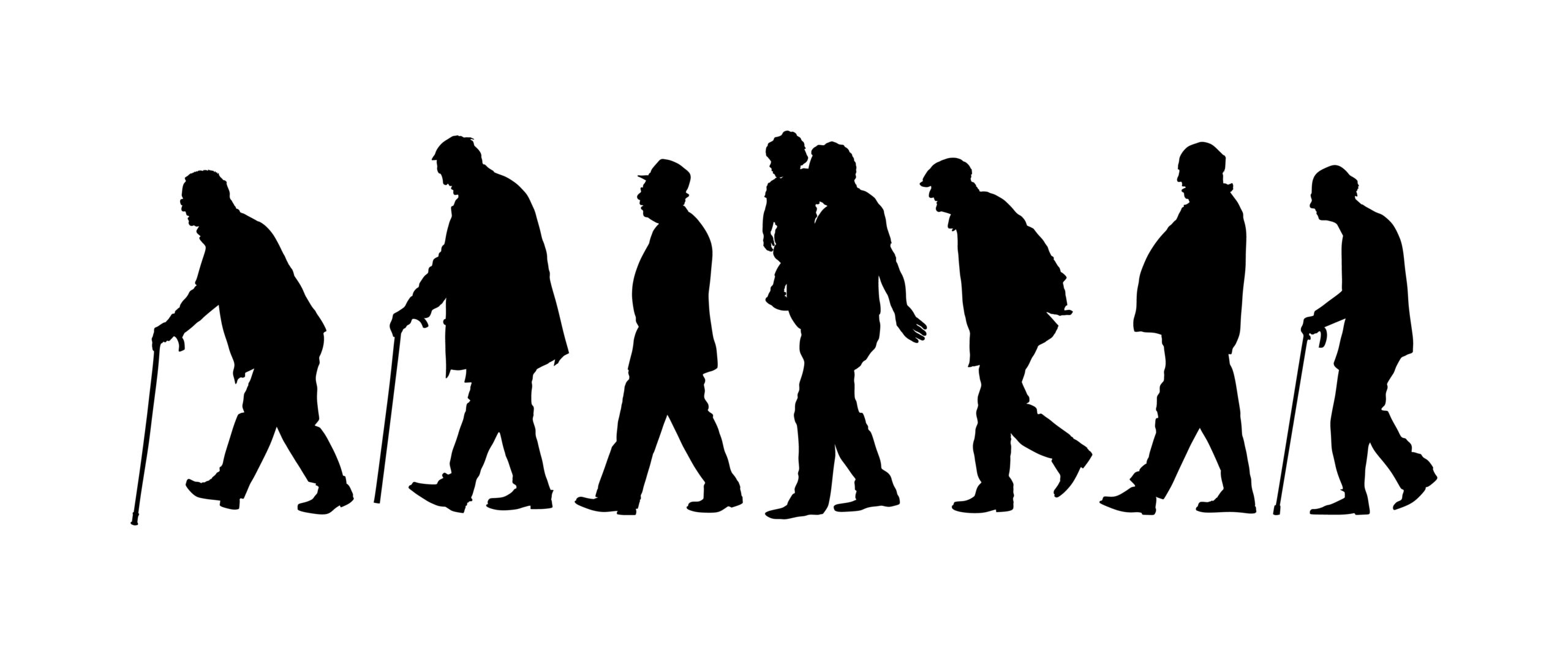Your Pencil Might Be Diagnosing Alzheimer’s Right Now!
Imagine sitting at your desk, scribbling some notes with your trusty pencil. You may not give much thought to this simple writing tool, but what if I told you that it could potentially be diagnosing Alzheimer’s disease right now? It may sound like something out of a science fiction movie, but recent research has shown that pencils could hold the key to early detection of this debilitating disease.
Alzheimer’s disease is a progressive brain disorder that affects millions of people worldwide. It is the most common cause of dementia, a term used to describe a decline in cognitive function, including memory loss, thinking skills, and reasoning abilities. According to the Alzheimer’s Association, approximately 5.8 million Americans are living with Alzheimer’s, and this number is expected to rise to 14 million by 2050. Currently, there is no cure for this disease, but early detection is crucial for managing symptoms and improving the quality of life for patients and their families.
So how exactly can a pencil help in diagnosing Alzheimer’s? It all comes down to handwriting analysis. Handwriting is a complex motor skill that involves multiple areas of the brain, including the motor cortex, sensory cortex, and frontal lobe. These areas are also affected by Alzheimer’s disease, leading to changes in handwriting patterns.
In a study published in the Journal of Alzheimer’s Disease, researchers from the University of Texas at Austin analyzed over 2,000 handwriting samples from 156 participants, including healthy individuals and those with mild cognitive impairment (MCI) and Alzheimer’s disease. MCI is a condition that often precedes Alzheimer’s and is characterized by mild memory and cognitive problems.
The researchers found that those with MCI and Alzheimer’s had significant differences in their handwriting compared to healthy individuals. These differences included slower writing speed, longer pauses between letters and words, and shorter pen pressure. The study also found that handwriting analysis could accurately distinguish between healthy individuals and those with MCI and Alzheimer’s with a 97.5% accuracy rate.
But how does this help in diagnosing Alzheimer’s? It all comes down to the concept of “digital biomarkers.” Biomarkers are biological or behavioral characteristics that can be measured and used to indicate the presence or progression of a disease. In this case, handwriting patterns could serve as digital biomarkers for Alzheimer’s disease.
Currently, the most common method for diagnosing Alzheimer’s is through a combination of cognitive tests, brain imaging, and medical history. However, these methods can be time-consuming, expensive, and often rely on the subjective interpretation of results. Handwriting analysis, on the other hand, is a non-invasive, low-cost, and objective way of detecting early signs of Alzheimer’s.
But this is just the beginning. Researchers are now looking into using artificial intelligence (AI) and machine learning techniques to analyze handwriting patterns and develop algorithms for early detection of Alzheimer’s. These techniques could potentially pick up on subtle changes in handwriting that may not be visible to the human eye, leading to even earlier detection of the disease.
Of course, this technology is not without limitations. Handwriting can be influenced by various factors such as age, mood, and writing surface. It is also not a standalone diagnostic tool and should be used in conjunction with other methods for a comprehensive evaluation.
Despite these limitations, the potential of handwriting analysis in diagnosing Alzheimer’s is promising. It could lead to earlier detection, resulting in better management of symptoms and potentially slowing down the progression of the disease. It could also reduce the burden on caregivers and families who often struggle with a loved one’s declining cognitive abilities without a definitive diagnosis.
So next time you pick up your pencil, take a moment to appreciate its potential as a diagnostic tool for Alzheimer’s disease. While more research is needed to fully understand its capabilities, it is exciting to see how everyday objects like pencils could play a crucial role in the fight against this devastating disease.





